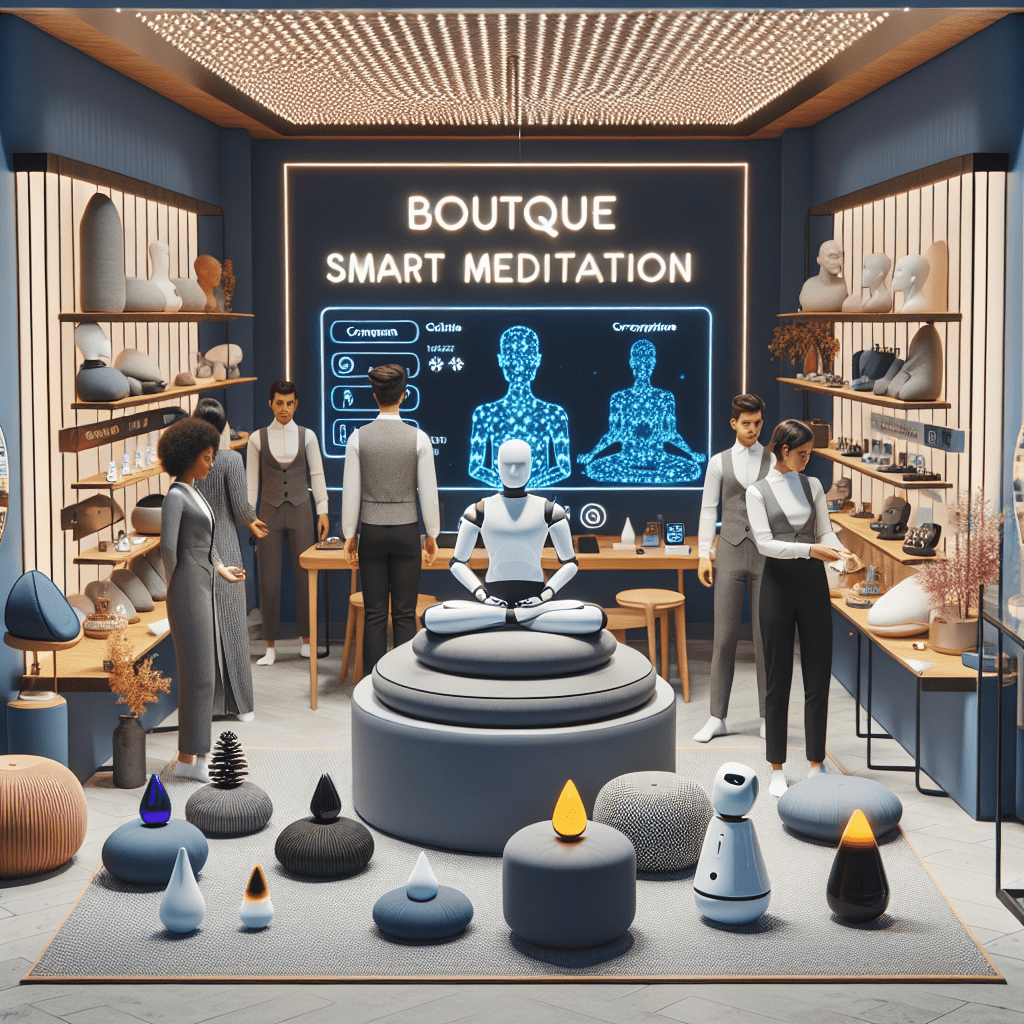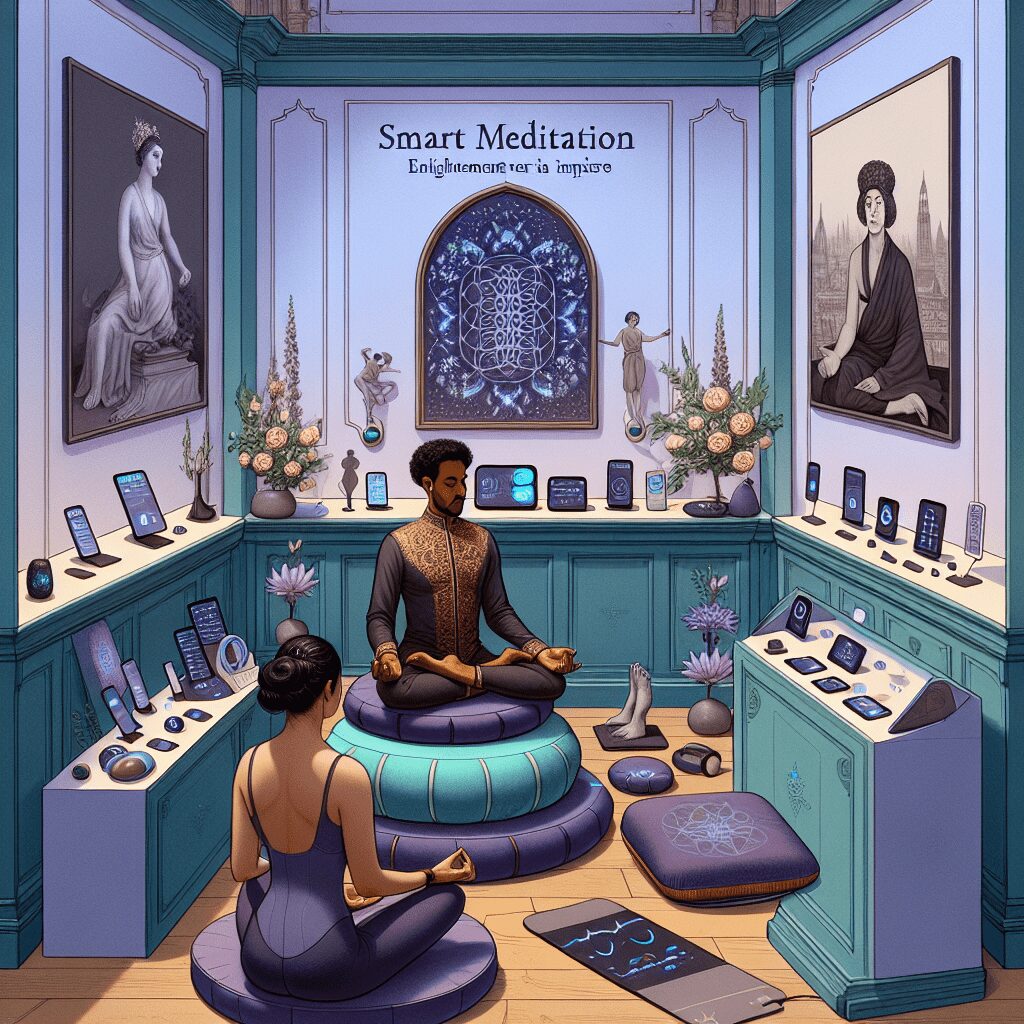
Prioritize your mental well-being daily. Enhance your life by nurturing your mental health with the Smart Meditation app. Break free from stress, alleviate anxiety, and enhance your sleep quality starting today.
Does Anxiety Cause Hallucinations?
Unraveling the Mystery: Do Anxiety and Hallucinations Go Hand in Hand?
In the labyrinth of mental health conditions, where symptoms intertwine and blur boundaries, the question of whether anxiety can lead to hallucinations has often puzzled both laymen and professionals alike. Despite being seemingly worlds apart, a closer inspection reveals a complex relationship between these phenomena. Let’s dive into the nitty-gritty of this enigma, shedding light on the intricate dance of anxiety and hallucinations.
A Deeper Dive: The Anxiety-Hallucination Nexus
At first glance, anxiety, with its nervous jitters and impending sense of doom, seems far removed from the vivid, sensory misinterpretations characterized by hallucinations. Anxiety is essentially the body’s natural response to stress, igniting the fight-or-flight mechanism, whereas hallucinations, often associated with severe mental disorders like schizophrenia, are perceptions that have no basis in reality, whether they be visual, auditory, or otherwise.
When Anxiety Oversteps Its Bounds
However, when anxiety spirals out of control, morphing into disorders such as Generalized Anxiety Disorder (GAD), Panic Disorder, or PTSD, the intensity and scope of symptoms can broaden dramatically. Under the crushing weight of chronic anxiety, individuals may experience symptoms that mimic or verge on hallucinatory experiences. For instance, heightened stress can lead to an overstimulation of the senses, causing one to misinterpret or overly dramatize environmental stimuli. Imagine hearing a door creak in the wind and perceiving it as a direct threat—a scenario where anxiety has edged perilously close to the realm of hallucinations.
Scientific Gaze: What Research Says
Peering through the lens of science, several studies have hinted at a correlation between severe anxiety and hallucinatory experiences. It becomes evident that in the throes of an intense anxiety attack or amidst the relentless cycle of PTSD-induced flashbacks, the brain’s circuitry can misfire, leading to experiences that mimic hallucinations.
A key factor to consider is that the stress and hyperarousal associated with anxiety can prime the brain for exaggerated sensory perception. Essentially, your brain, on high alert and misconstruing signals, may produce experiences akin to hallucinations.
Demystifying Myths: Conclusion & Consideration
It’s crucial to distinguish between bona fide hallucinations and anxiety-induced sensory distortion. True hallucinations are devoid of external stimuli and have a clarity and impact vastly different from that of anxiety-induced experiences. However, understanding this interplay highlights the significance of addressing severe anxiety proactively.
Coping and Conquering: Strategies to Defang Anxiety
For those grappling with anxiety and its bewildering array of symptoms, here are some strategies that might just do the trick:
- Seek Professional Help: A therapist can help untangle the web of anxiety and guide you towards healing.
- Mindfulness and Meditation: These practices can anchor your thoughts in the present, dampening the fire of anxiety.
- Physical Activity: Regular exercise can work wonders, releasing endorphins and breaking the cycle of stress.
- Open Dialogue: Sharing your experiences with trusted ones can lighten your burdens and unveil new perspectives.
In closing, while anxiety and hallucinations can sometimes cross paths under the shadow of intense mental stress, understanding their relationship is pivotal. By recognizing the symptoms early and seeking appropriate care, the phantoms of anxiety-induced hallucinations can be vanquished, paving the way to a more serene mind and a grounded perception of reality. So, before anxiety pulls the wool over your eyes, remember, there’s always a path to clarity and peace.





